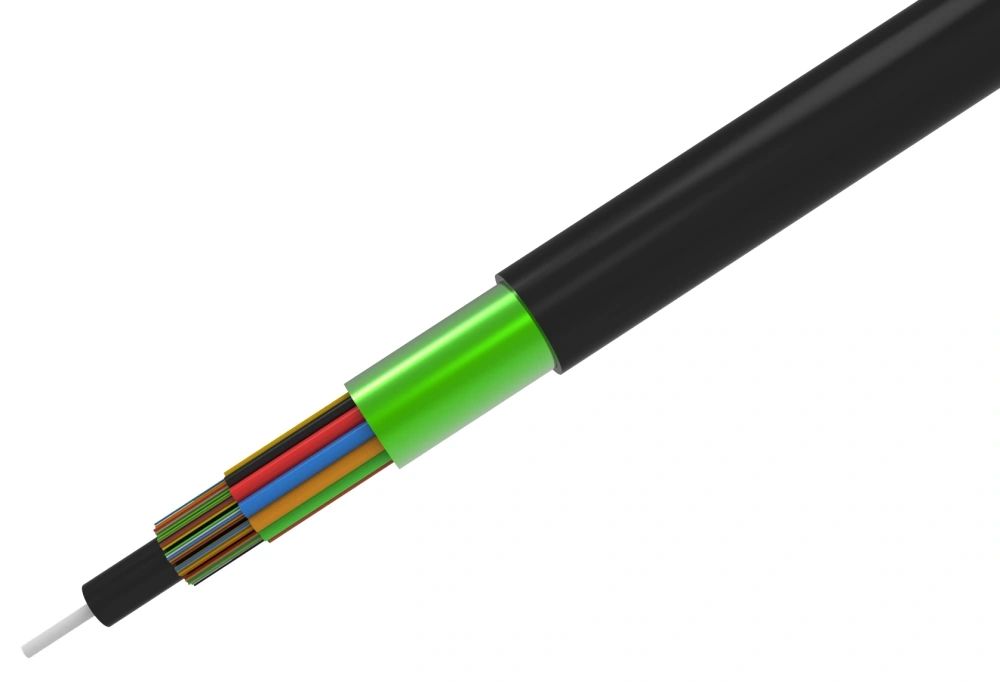Understanding Electromagnetic Interference in Indoor Optical Cable

Electromagnetic Interference (EMI) refers to the disruption caused by electromagnetic waves on the performance of electrical or electronic devices. While indoor optical cables have become the preferred choice for data transmission due to their high capacity and low loss, they are not immune to EMI. EMI can significantly degrade the quality of signal transmission, leading to data loss, decreased network performance, and increased vulnerability to security threats. Therefore, it is crucial to understand the potential sources and effects of EMI on indoor optical cables.
Sources of Electromagnetic Interference
There are several sources of EMI in indoor environments that can affect the performance of optical cables. One common source is electromagnetic radiation emitted by nearby power cables or electrical equipment. Other sources include radiofrequency interference from cellular networks, Wi-Fi signals, and other electronic devices. Moreover, electromagnetic interference can also be caused by lightning strikes or faulty electrical equipment. Understanding these sources is essential for implementing effective protection methods.
Effects of Electromagnetic Interference on Indoor Optical Cable
The effects of EMI on indoor optical cables can be extensive and detrimental. EMI can cause signal degradation, resulting in decreased data transfer rates and increased error rates. It can also lead to intermittent connectivity issues and communication breakdowns. Additionally, EMI can compromise the security of data transmission, making optical cables vulnerable to unauthorized access and interception.
Methods to Protect Indoor Optical Cables from Electromagnetic Interference
To mitigate the impact of EMI on indoor optical cables, several protection methods can be employed:
Shielding
One effective method is to shield the cables using materials that provide electromagnetic shielding. Metal foil or braided shielding can be used to create a physical barrier between the cables and external electromagnetic waves. This shielding minimizes the penetration of EMI and ensures the integrity of the signal transmission.
Isolation
Isolating the optical cables physically from potential sources of interference can also be an effective solution. This can be achieved by routing the cables away from electrical equipment, power cables, and other devices that emit electromagnetic radiation. By maintaining a safe distance, the impact of EMI can be significantly reduced.
Grounding
Proper grounding of indoor optical cables is crucial to protect them from the effects of EMI. Connecting the cables to a grounding system helps in diverting the unwanted electrical energy to the ground, preventing it from interfering with the functioning of the cables. Adequate grounding techniques can minimize the risks associated with EMI.
Conclusion
Electromagnetic Interference poses a significant risk to the performance and security of indoor optical cables. By understanding the sources and effects of EMI, as well as implementing appropriate protection methods such as shielding, isolation, and grounding, the impact of interference can be effectively mitigated. Ensuring the reliability and integrity of indoor optical cable systems is crucial for maintaining optimal data transmission and network performance.



